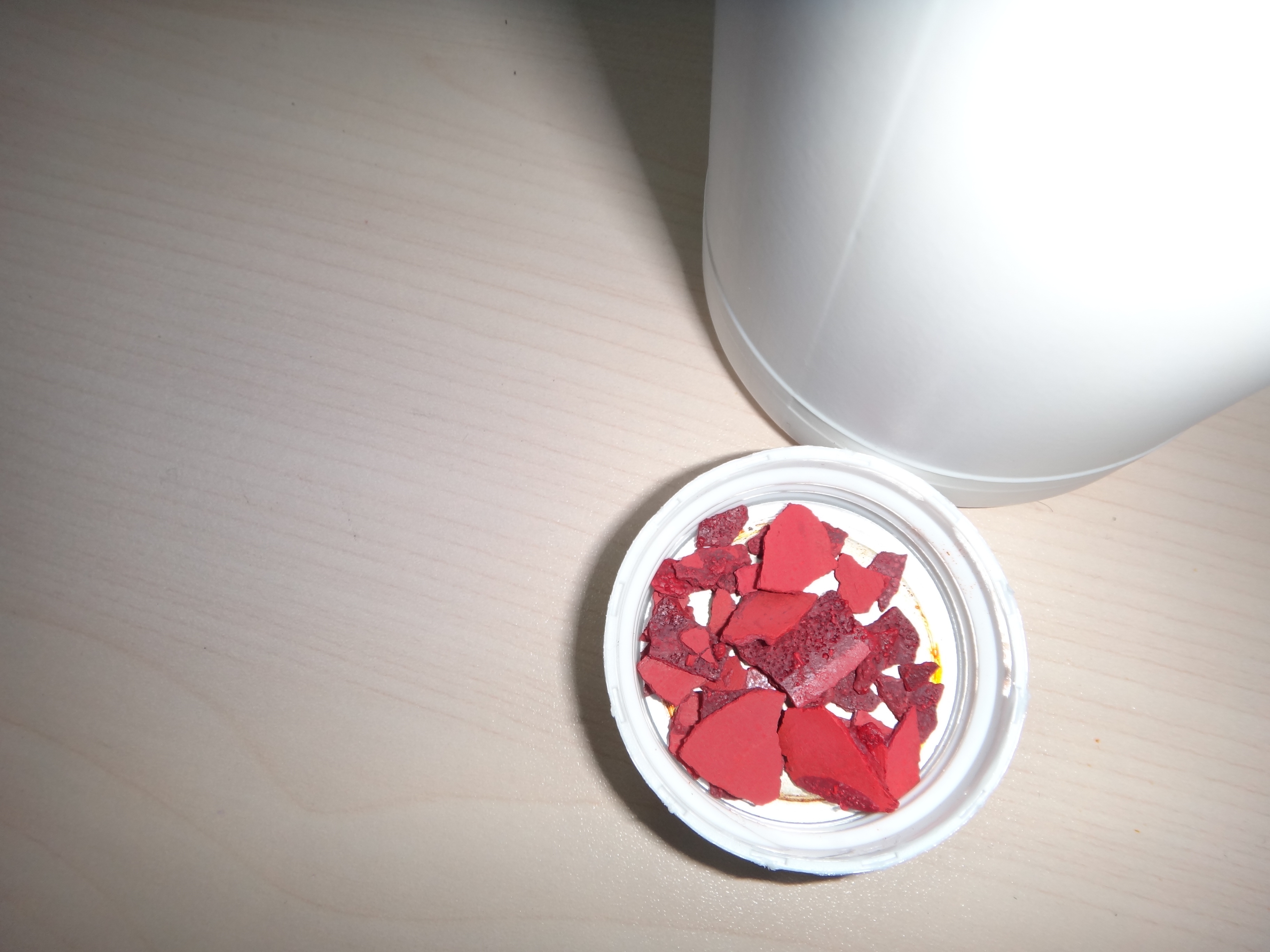

#Chromium trioxide portable
Filling limits must be in accordance with portable tank special provision TP3. Solid substances transported or offered for transport above their melting point are authorized for transportation in portable tanks conforming to the provisions of portable tank instruction T4 for solid substances of packing group III or T7 for solid substances of packing group II, unless a tank with more stringent requirements for minimum shell thickness, maximum allowable working pressure, pressure-relief devices or bottom outlets are assigned in which case the more stringent tank instruction and special provisions shall apply. It now contains searchable, public information from over 3.000 notifications covering 14 substances in total.The portable tank instruction assigned for this substance applies for granular and powdered solids and for solids which are filled and discharged at temperatures above their melting point which are cooled and transported as a solid mass. DSCL (EEC) All ingredients are listed on the DSCL inventory. TSCA Inventory Status All ingredients are listed on the TSCA inventory. Given the increase in the number of notifications, ECHA has updated its downstream user notifications web page. IATA/ICAO UN1463, Chromium trioxide, anhydrous, 5.1, (6.1), (8), pg II. This information will help companies to protect their workers even better by minimising their exposure to the carcinogen. As part of the conditions, they must inform ECHA by the end of 2021 how their workers are exposed to chromium trioxide. The substance of very high concern was placed on the Authorization List in 2013 and its use has needed a specific authorisation in the EU since 2017.īy notifying the uses to ECHA, companies confirm that they follow the conditions for use set in the authorisation decisions granted to their suppliers.

The annual usage is estimated to be 7.000 tons. Notifications from 1.026 sites across Europe submitted by May 2021 confirm that chromium trioxide is still widely used in functional or hard chrome plating and surface treatment.

The treated surface does not contain chromium trioxide. These uses add a protective coating to metal parts and products and enhance the strength of the surface as well as wear and corrosion resistance. The current authorizations expire in September 2024, but authorization holders can re-apply by submitting a review report to ECHA by March 2023.Ĭhrome plating and surface treatment are done in industrial settings, exposing workers to the harmful chemical that can cause cancer. The European Commission granted authorizations for five uses of chromium trioxide in December 2020, including functional chrome plating and surface treatment. Those companies that use a chemical based on an authorization granted to an applicant up the supply chain, have to notify their use to ECHA within three months of the first delivery of the chemical taking place after the authorization decision. The authorization, granted by the European Commission, can cover the uses of the applying company but also their customers (downstream users). REACH allows companies to apply for an authorization to continue or start using and placing chemicals included in the Authorization List on the market for a limited time. Enforcement authorities can now carry out inspections as necessary. This follows two European Commission decisions in December 2020 granting authorisation to use the chemical until September 2024. Chromium Trioxide, a substance of very high concern, is still widely used in plating and surface treatmentĮCHA has received over 1.000 notifications from industrial sites using chromium trioxide in chrome plating and surface treatment in the EU.


 0 kommentar(er)
0 kommentar(er)
